Climate change and microfinance
To what extent, for example, does the work of VSLAs mean that investments are made in climate change adaptation, e.g. water collection, solar energy, trees that prevent erosion? The process will provide an overview of loans for/investments in climate adaptation measures within e.g. drought-resistant crops, renewable energy, tree planting, water tanks and purification of water – room for maneuver. This might include “just” a shift from cattle farming to other livestock such as poultry, crops or/and small-scale trade, which is more suited to climate change adaptation, and hence create resilience.
What is the role of VSLAs in creating resilience? To what extent do savings and loan groups create hope and action, and better well-being in the form of the number of meals/day, adequate clothing, schooling for children, access to resources? What differences exist between differently composed VSLAs, i.e. with a predominance of/participation of women/people with disabilities/religious minorities/etc. Presumably, different groups do not have equal access to all types of loans and investments? In what way are the VSLAs able to cater for diversity and for instance reach out to vulnerable groups, such as PLHAs and Most Vulnerable Children as PULS’ partner KIWAKKUKI and BUD’s partner Dutabarane experience, as they work in environments with many PLHAs.
Climate change is putting all organizing under even greater pressure. To what extent does the climate risk influence the cohesion of savings and loan groups and even give rise to conflicts? Is there any indication that the VSLAs, in times of crisis, become more like cliques for the slightly more affluent, while it becomes more difficult for those who are outside?
Localization agenda – in what way can the VSLAs strengthen or foster local ownership, and to what extent can VSLAs help people mobilize to get access to local resources and loans?
DFM will coordinate hybrid and on-line workshops for participating partners, starting up in May 2025, and concluding one before 1 July 2026. DFM will work with Tanzanian consultant Donald Kasongi, senior researcher Dr. Esbern Friis-Hansen, DIIS, to offer advice and mentorship for participating organisations and partners.
How can microfinance help foster climate intelligent practices?
Financial inclusion is a crucial factor for climate mitigation and adaptation. Where people are marginalized from society and the economy, they will have to fight for existence on the fringe. And on the fringe, normally, the primary priority is survival and not climate intelligent practices. DFM members have good experiences how microfinance in terms of savings groups and microfinance institutions help including people into the economy. But how can financial inclusion at the same time foster climate intelligent practices? What roles could be played by NGO’s, research, business, and investors? DFM wishes to provide inspiration for sectors to work together, and advocacies to be undertaken to involve decision-makers.
DFM had in 2022-23 webinars on climate change adaptation and energy and agriculture, and in 2023 a conference on climate change adaptation and food security.
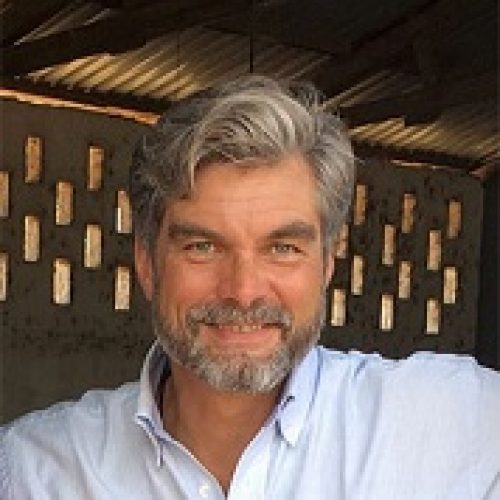
Karsten Solaas, partner:
Danida Green Business Partnerships (DGBP) supported Outgrowers, in collaboration with CareDanmark on cashew production in Tanzania through microfinance and the farmers’ own buying cooperatives. Link to presentation
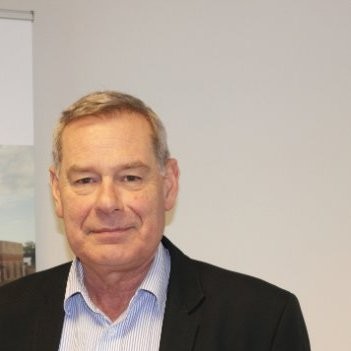
Henrik Anker-Ladefoged, Access2Innovations partner:

Søren Theilgaard, ADRA Denmark
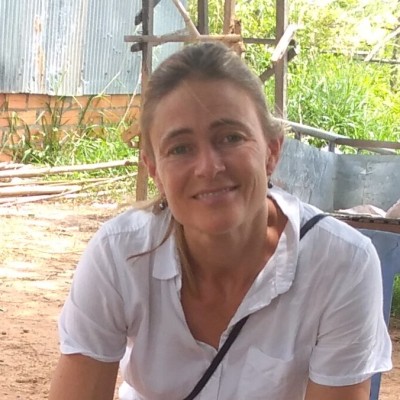
Karin Wied Thomsen, DanChurchAid (DCA)
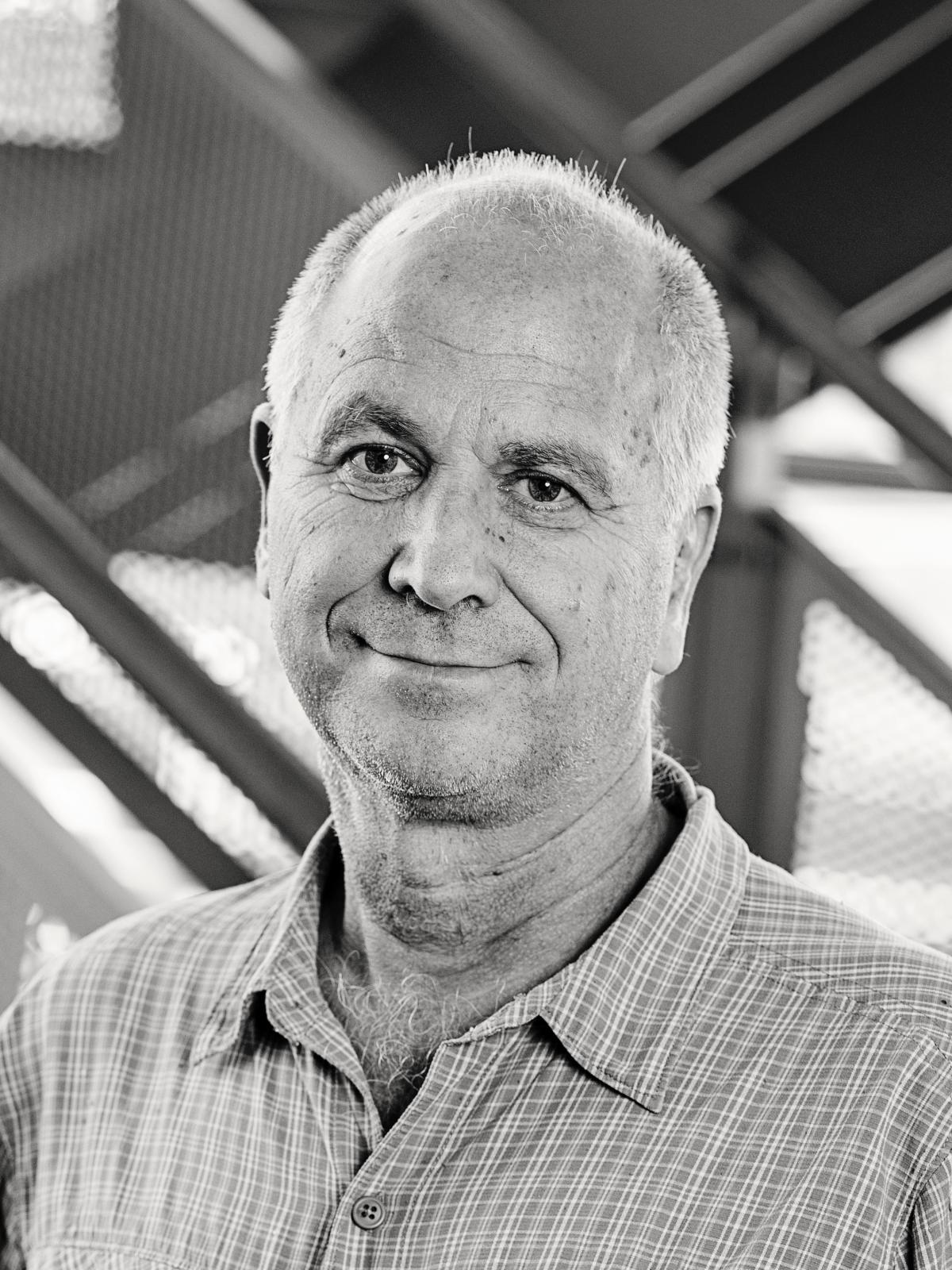
DIIS senior researcher Esbern Friis-Hansen:
Will take a localization perspective and reflect on the extent to which international and local NGOs and private sector can contribute to development in e.g. Eastern Africa, and how that can interact withlocal investments from e.g. Tanzanian middle class investors, and how that lead to impact. link to presentation

CBDS/CBS associate professor Søren Jeppesen:
On knowledge gaps and experiences from North Western India. Link to presentation
2022: Climate change adaptation, finance and energy.
Energy is a key area to bring down emissions, and also for securing a decent daily life. See presentations here from:
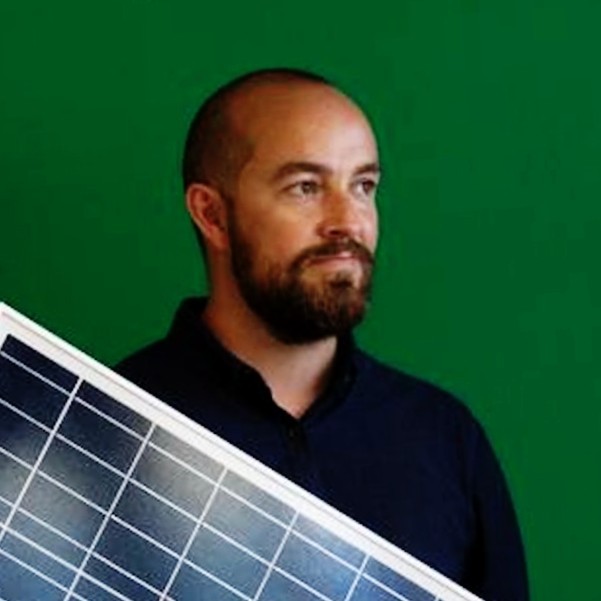
Asger Trier Bing, impact engineer, co-founder of M-PAYG:
Working to finance sustainable energy in East Africa. Link to presentation
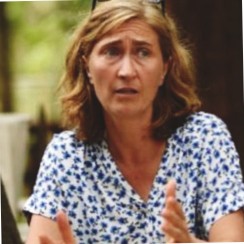
Catrine Shroff, anthropologist, CEO of Mwangaza Light:
Delivering fuel-saving stoves with Green Anglicans, Kenya. Link to presentation
2022: Climate change adaptation, finance and agriculture.
Agriculture is key to decent livelihoods and to climate adaptation. Hear about promising practices from:

Jes Colding, director, JKC Consult:
About so-called Chitumba Schemes in Malawi. Link to presentation
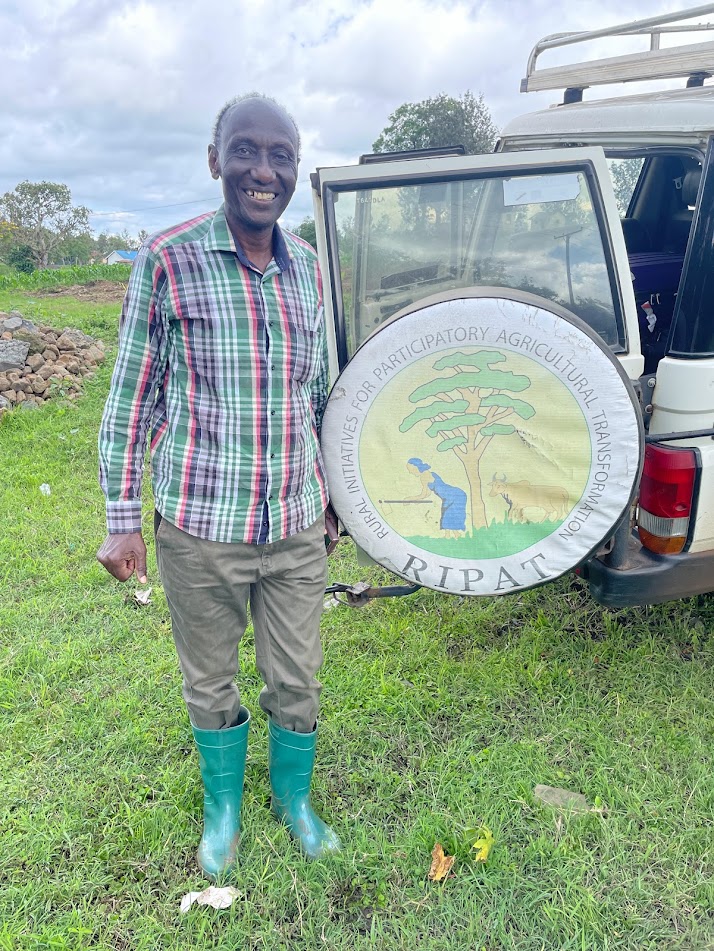
Founder of RECODA, Dr. Dominick Ringo:
About the Rural Integrated Participatory Agrocultural Transformation (RIPAT) method, which has proved sustainable particularly in Tanzania and in other East African countries. Link to presentation
